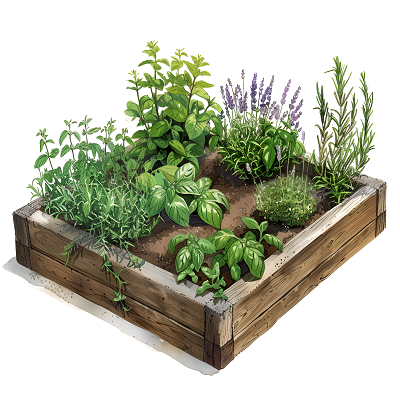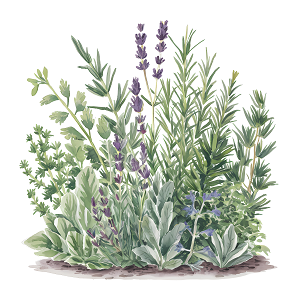 Herbs can be very useful for cooking and healing. If you’re going to start an herb garden, you should understand that they don’t have to be placed in a specialized garden of their own. Herbs can easily be tucked away in existing gardens and grow just as good. Wherever you decide to grow your herbs, it is important to keep in mind that they are rampant plants and must be maintained well in order to grow.
Herbs can be very useful for cooking and healing. If you’re going to start an herb garden, you should understand that they don’t have to be placed in a specialized garden of their own. Herbs can easily be tucked away in existing gardens and grow just as good. Wherever you decide to grow your herbs, it is important to keep in mind that they are rampant plants and must be maintained well in order to grow.
Where to Plant Your Herb Garden
Just as with other crops selecting an area that is sunny is ideal for a successful herb garden. Many prefer to have a garden set up near their kitchen so that they can easily access the herbs they need for cooking. However, if you are planning on growing a larger batch of herbs location needs to be larger and may not work near the kitchen.
What Size Should You Start With?
With an herb garden it is best to start with an area that will give you enough room to properly grow all the herbs you’re interested in. Herbs used for culinary purposes do not require a lot of space since most people only take what they need at the time a few plants can last an entire season. So when it comes to space it really boils down to what is best for you, how much of a variety you want as well as how many perennial herbs you indent to grow.
For those contemplating growing dry or freeze herbs having more plants is ideal just as it is for those who are interested in growing herbs to use for potpourri and dyes as this will require lots of plants.
Planting a Formal Herb Garden
During the peak seasons of May through June formal herbal gardens are very pretty to admire. Because of the way the garden’s structure is designed, it helps in masking those overgrown straggly herbs that have been recently sheared or bolted.
Typically, you would create a formal herb garden by laying out a series of beds that will create some geometric shape. This could be a square or circle. While the plants will vary throughout the garden, the hardscaping that you introduce will bring the entire project together. Adding things such as paths between the beds that are paved with bricks or stone makes for a nice finishing touch. Adding other features such as a sundial, birdbath, or other piece will make your garden look polished all year long.
Themes are also a great option for gardeners. Themes can be things such as colors, scent, or pairing variations of particular herbs throughout the garden beds.
Have fun making your herb garden what you want it to be. As long as you properly plan your design, select your herbs, and maintain them properly you will certainly find the peace and reward that many gardeners find. If you’re not sure you’re ready to dedicate yourself to a full on garden, consider a windowsill garden as an option.
